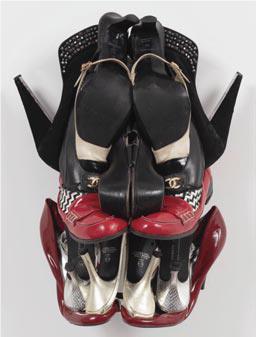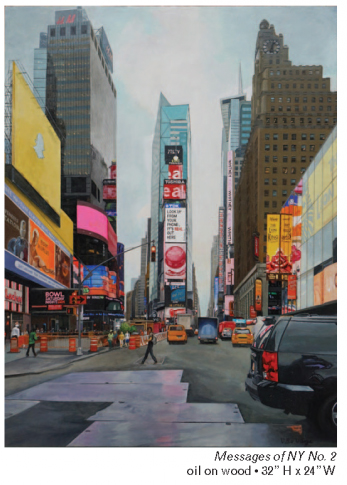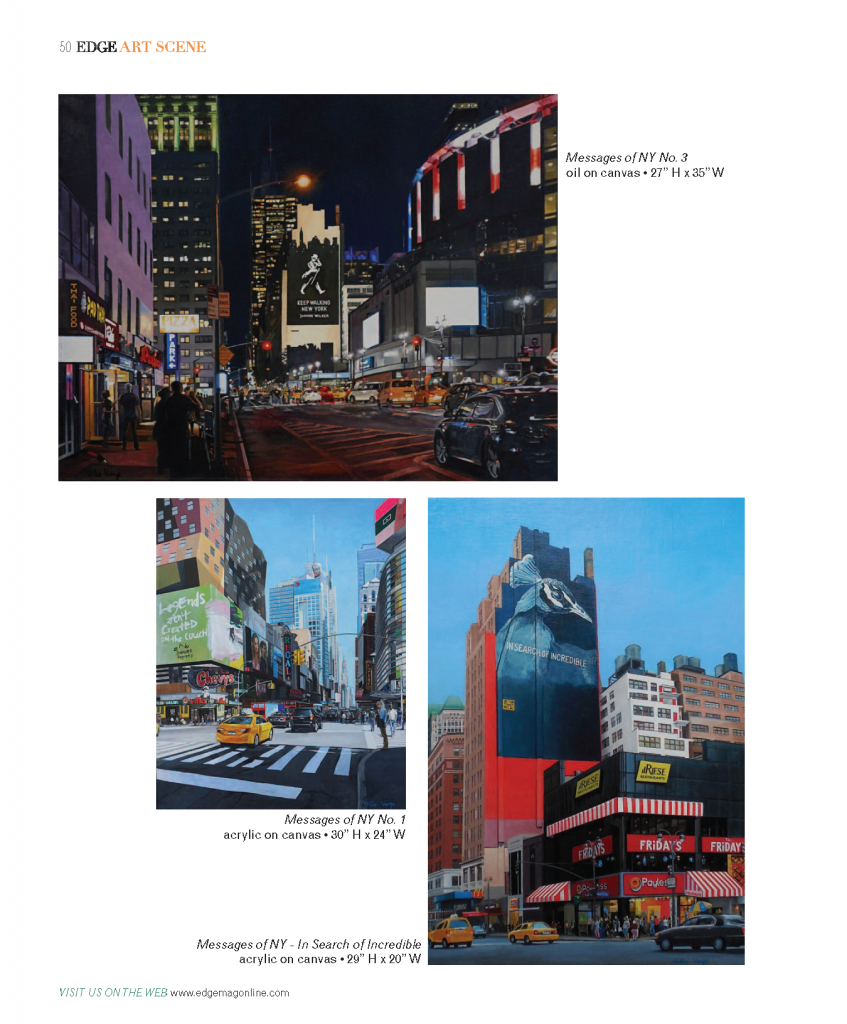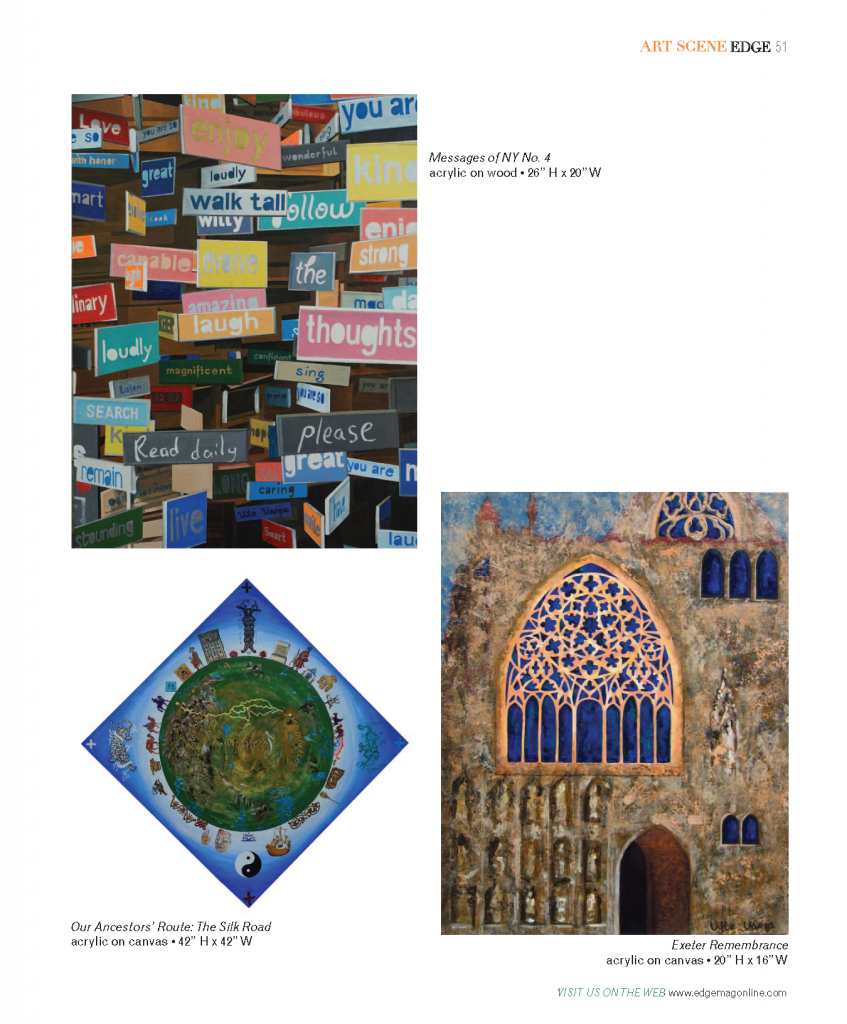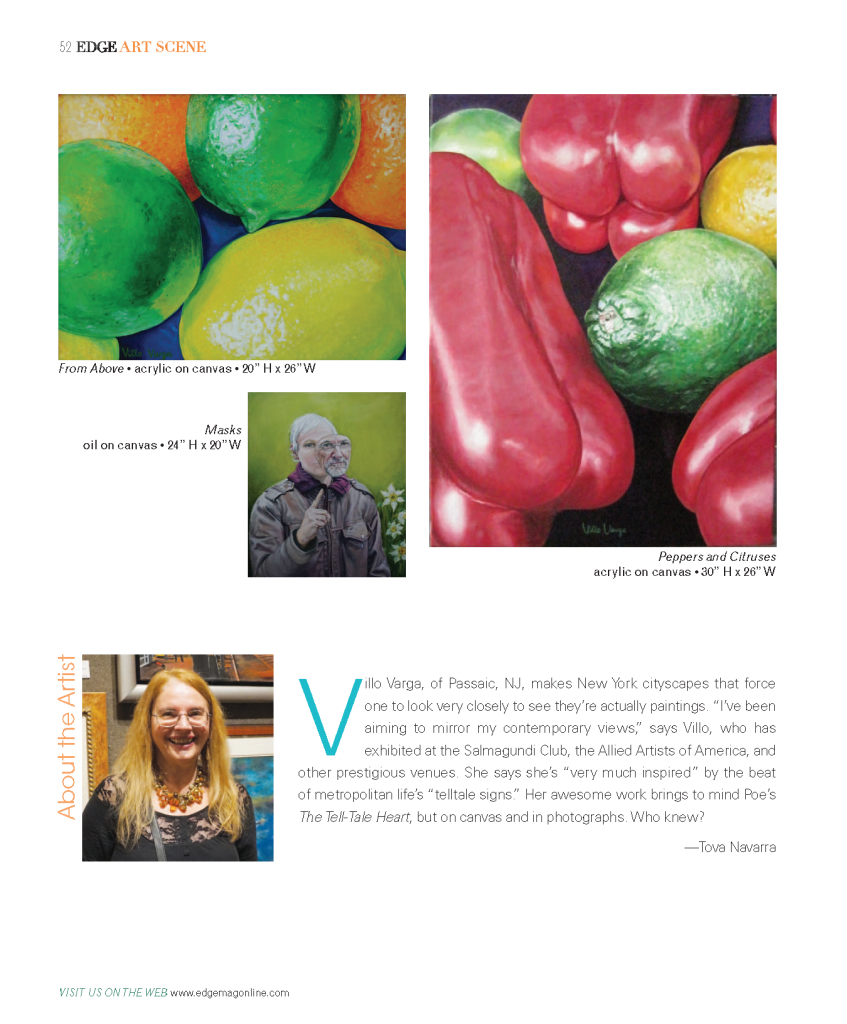
Testify • 16” x 20” • Acrylic
Nineteenth-century French Impressionist artist Berthe Morisot created many portraits of her daughter, Julie Manet, 1878-1966. Julie was a painter, photographer, poet, model, and art collector. She also wrote about her mother in her diaries and belles-lettres. Similarly, my daughter, Yolanda Navarra Fleming, and I are painters, photographers, and writers who’ve inspired each other for decades, so the executives of Trinitas Regional Medical Center, Elizabeth, requested I feature Yolanda’s art in my column, Art Scene. For me, a longtime art critic for various publications, this assignment was at first intimidating. How to write about my daughter with the same mindset as I did for a multitude of other artists? Eventually, I realized a unique opportunity that would be an extraordinary pleasure.

Night Sea Crossing • 2021 • 12” x 36” • Acrylic on framed wood Crayon People • 2023 8” x

The Undoing • 2023 • 12” x 36” • Acrylic on canvas
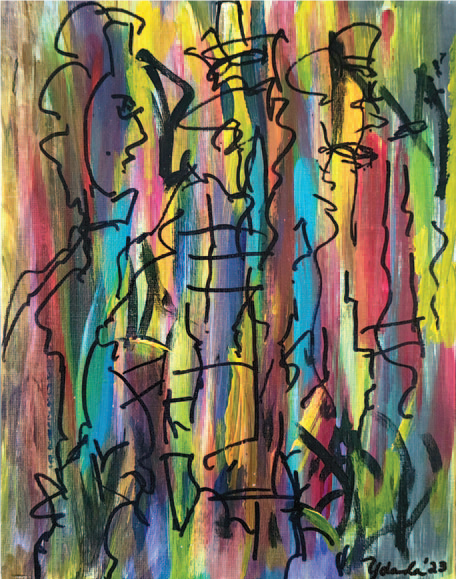
Crayon People • 2023 8” x 10” • Mixed-media on canvas board

Valentine’s Day • 2022 20” x 20” • Mixed-media collage on canvas

Downtown Lemontree • 2022 18” x 24” • Acrylic on canvas

Inside the Beat • 2022 12” x 12” • Acrylic on canvas
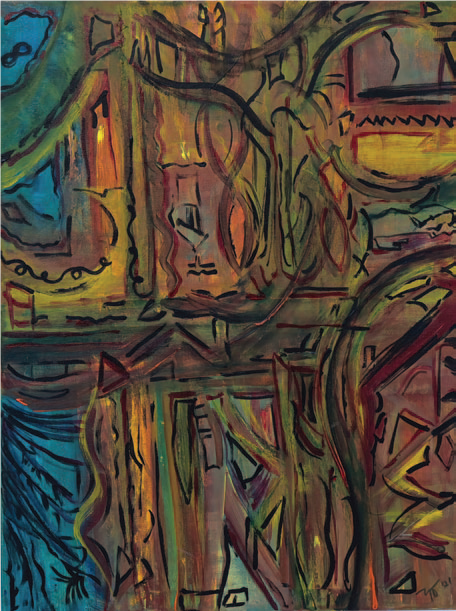
Hidden Treasure • 2021 24” x 18” • Acrylic on canvas
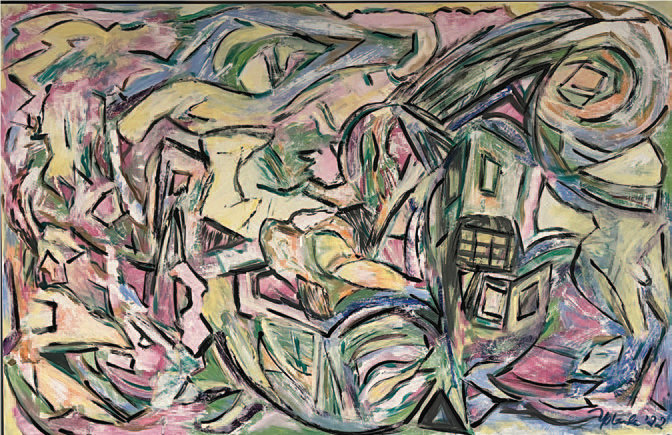
The Itch of a Life Beyond • 2022 22” x 33” • Acrylic on framed canvas Winner of the Miguel Figueras Memorial Award for Fanciful Painting in the October 2022 Juried Show at the Guild of Creative Art, Shrewsbury, NJ
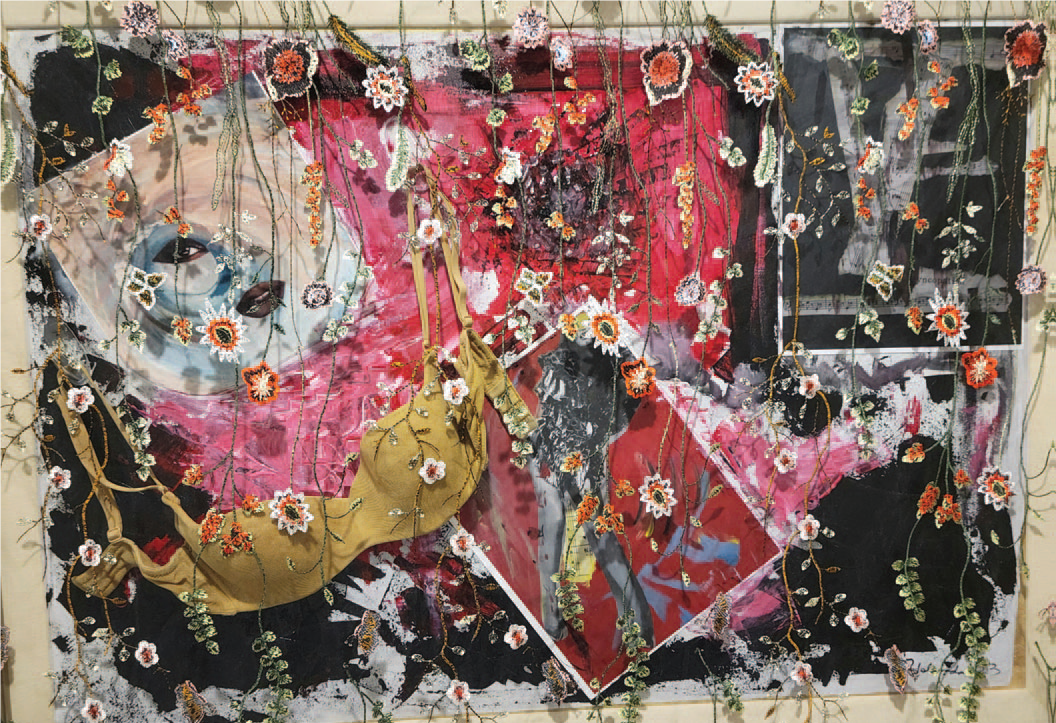
Poder de la flor • 2023 • 29” x 39” • Mixed-media collage on framed canvas
About the Artist
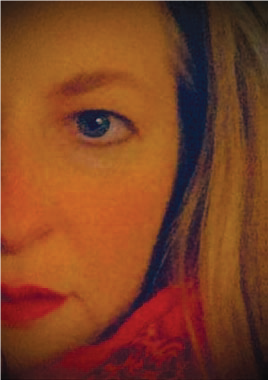
Fleming is an exhibiting member of the Guild of Creative Art in Shrewsbury and The Art Alliance of Monmouth County in Red Bank. Her third solo show of 2023 will hang at Middletown Public Library in New Monmouth, NJ in August. Visit YolandaFleming.com to see more work.
The director of marketing/public relations at Trinitas, Fleming, 54, is an Abstract Expressionist painter of Highlands, NJ, who claims she grew up on canvas—”home-schooled” by influence of the world. She creates complex, fiery and cool pieces the likes of artists Lee Krasner, Wassily Kandinsky, Willem de Kooning, Joan Mitchell, and others. “I think painting is the most honest thing I do,” Fleming says. “All my work is about making the unconscious conscious. I intuit every color, stroke, and nuance, and I keep working until I recognize a complete thought, a story, or a revelation.” With awards and solo and group exhibitions under her belt, Fleming churns out works brandishing saturated, layered colors that remind one of alluring cocktails—cool-sea sapphire gin, candy-colored Pink Lady, maple-leaf-toned Campari and combinations thereof. Undulating color planes often injected with black sharp angles, bits of sheet music, or human eyes emerge from her canvases, making viewers’ senses and souls effervesce. Godspeed, daughter.
—Tova Navarra

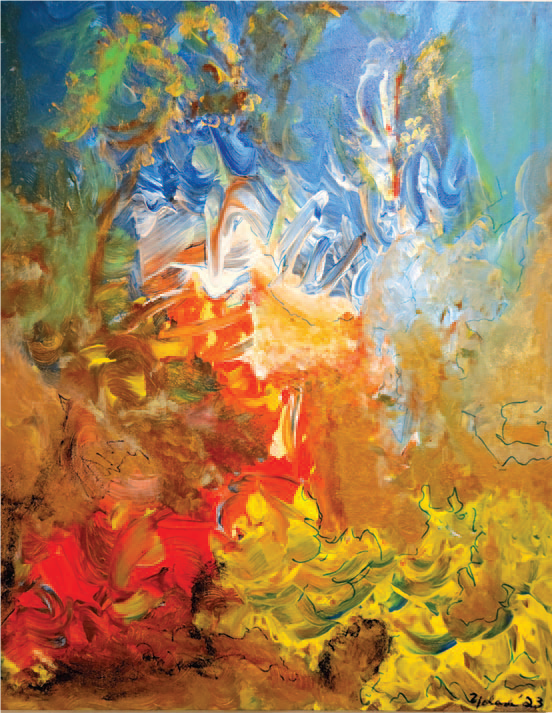




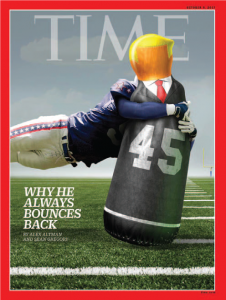
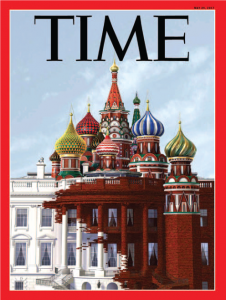


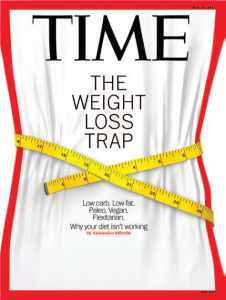
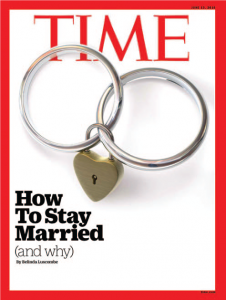




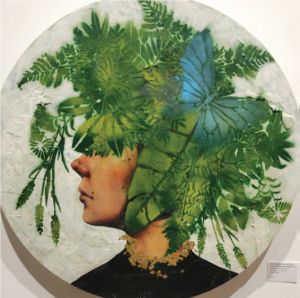

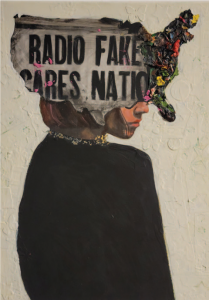
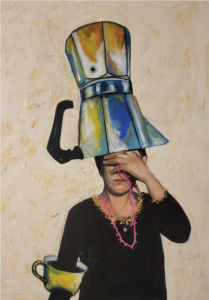
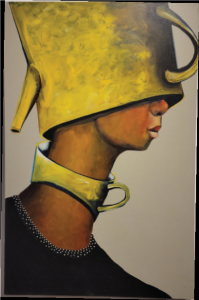
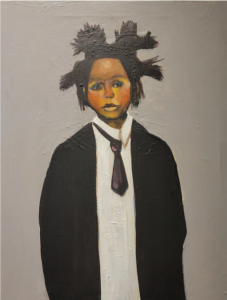
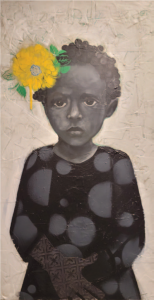
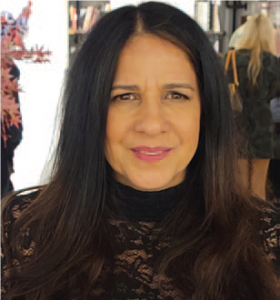

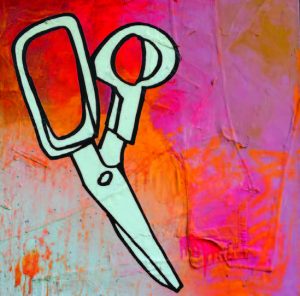
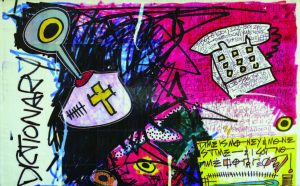
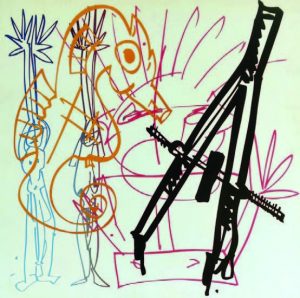

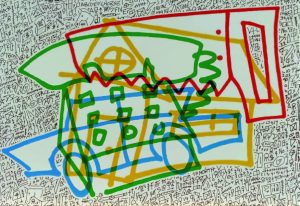
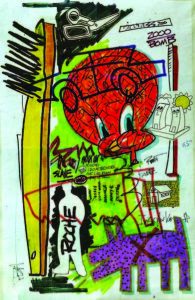

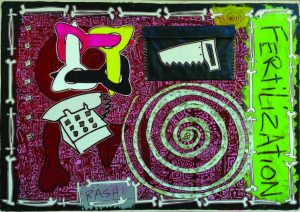

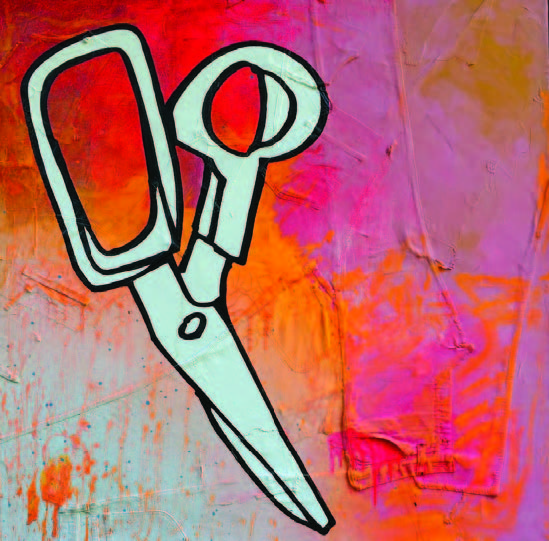
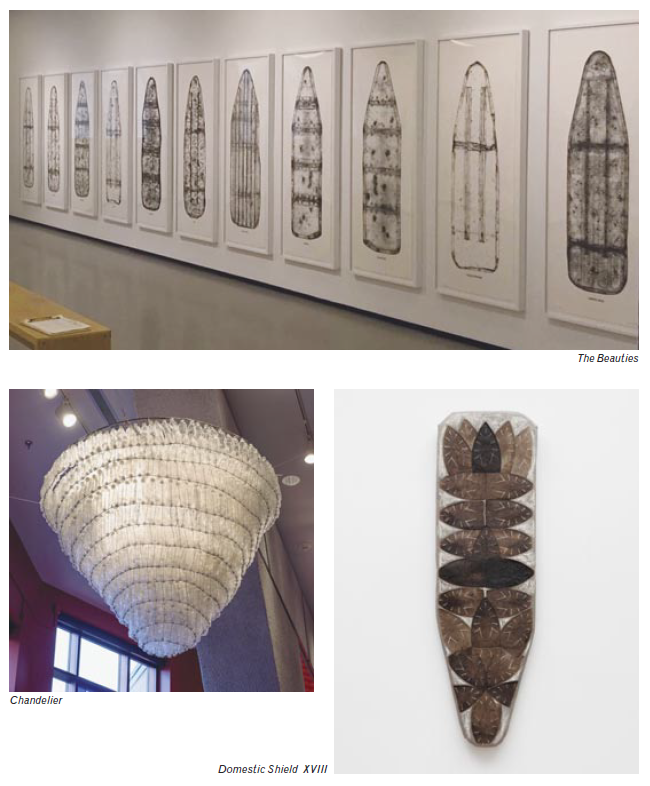
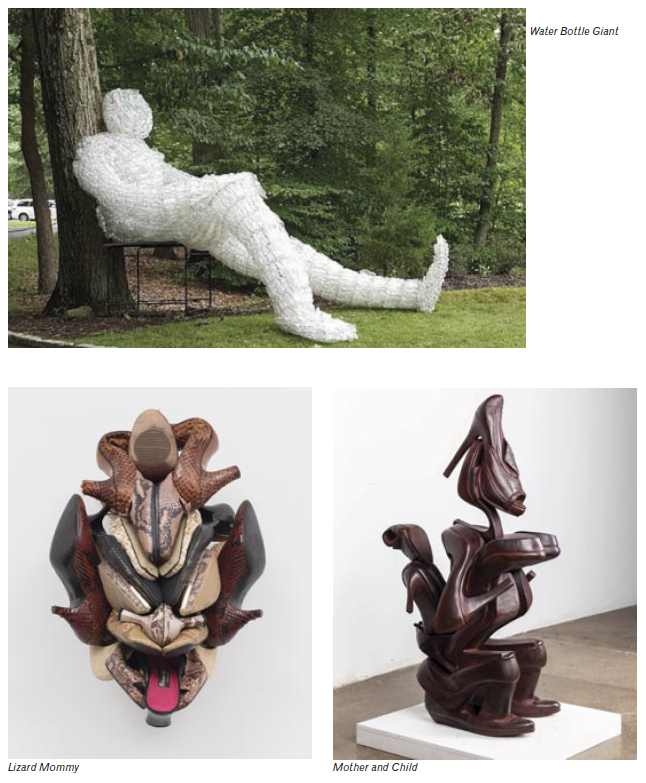
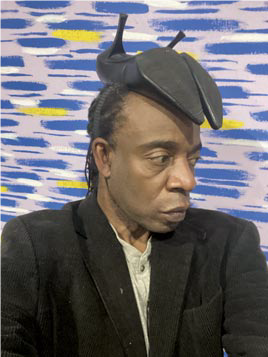
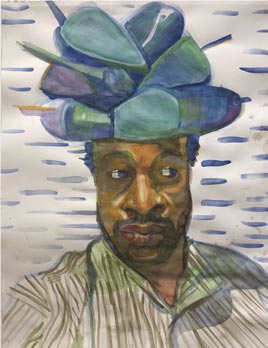
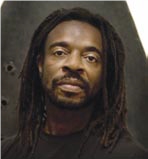 Born in 1955 in Somerville, Willie Cole, now living in the Morris County town of Mine Hill, NJ, infuses dynamism in ordinary objects built as African and other modern references. His sculptures, paintings and prints have been exhibited in the Museum of Modern Art and many other venues. A sculpture is in the Afrofuturist Period Room at the Metropolitan Museum of Art. His large-scale sculptures will be installed in the Kansas City International Airport in 2023. “My show at the Met’s Mezzanine gallery,” says Cole, “focuses on my print work with the steam iron. It’s a small show but a welcomed one.” Of course, you’ll never look at steam irons, plastic bottles, or shoes the same way again.
Born in 1955 in Somerville, Willie Cole, now living in the Morris County town of Mine Hill, NJ, infuses dynamism in ordinary objects built as African and other modern references. His sculptures, paintings and prints have been exhibited in the Museum of Modern Art and many other venues. A sculpture is in the Afrofuturist Period Room at the Metropolitan Museum of Art. His large-scale sculptures will be installed in the Kansas City International Airport in 2023. “My show at the Met’s Mezzanine gallery,” says Cole, “focuses on my print work with the steam iron. It’s a small show but a welcomed one.” Of course, you’ll never look at steam irons, plastic bottles, or shoes the same way again.